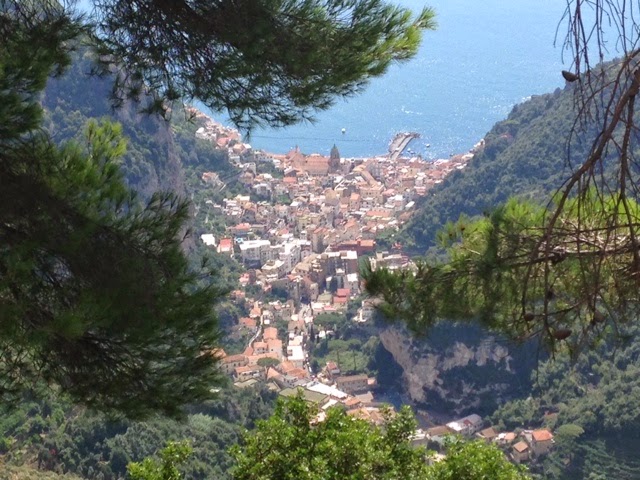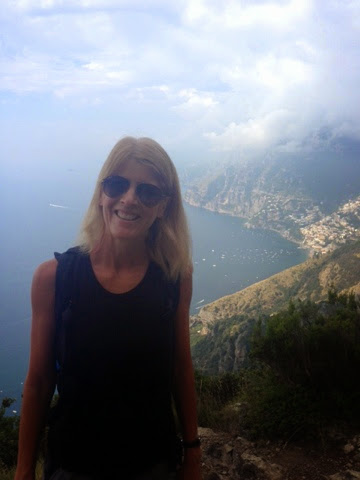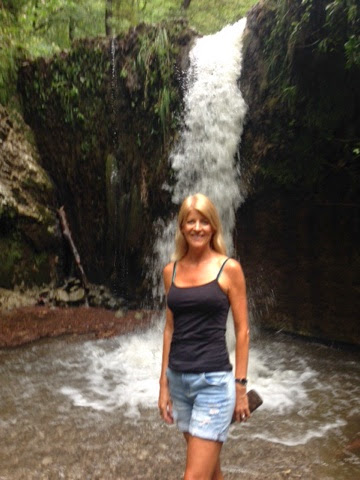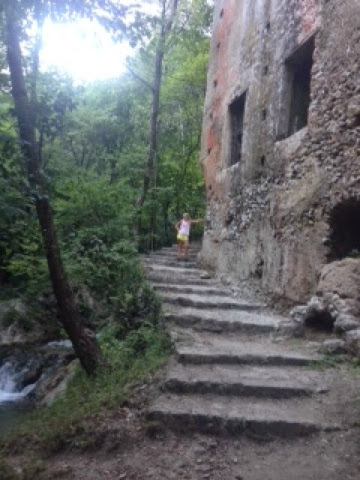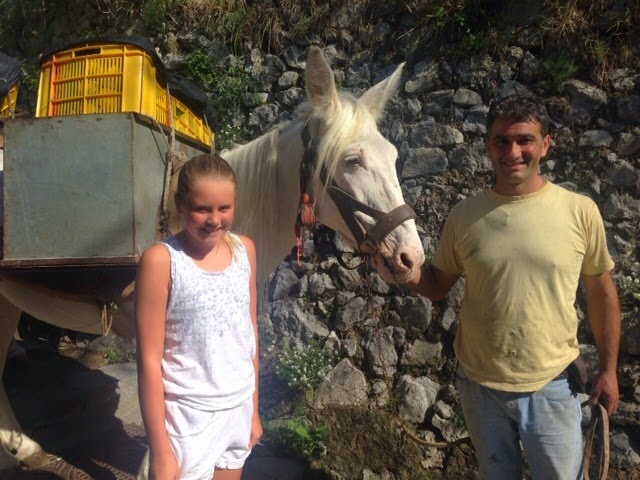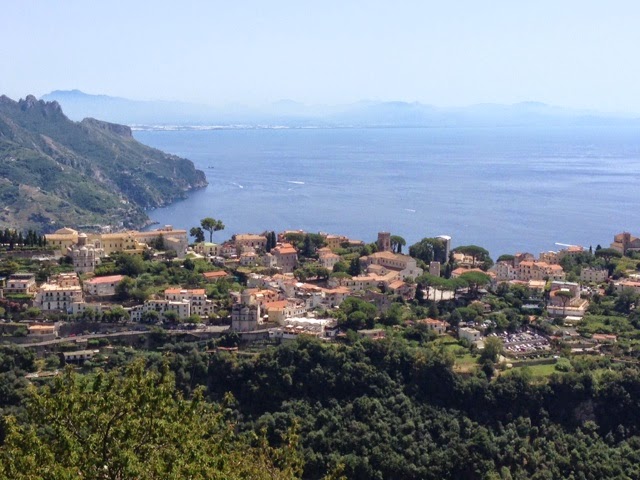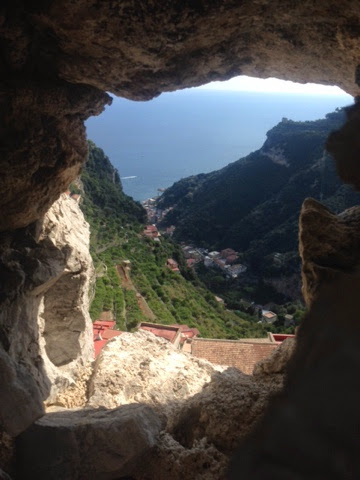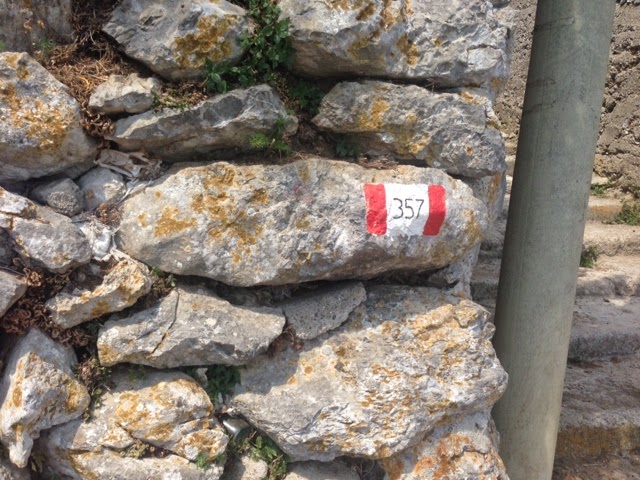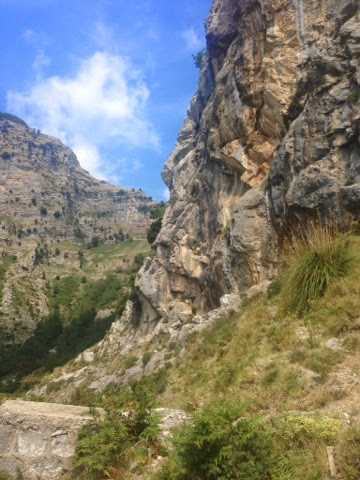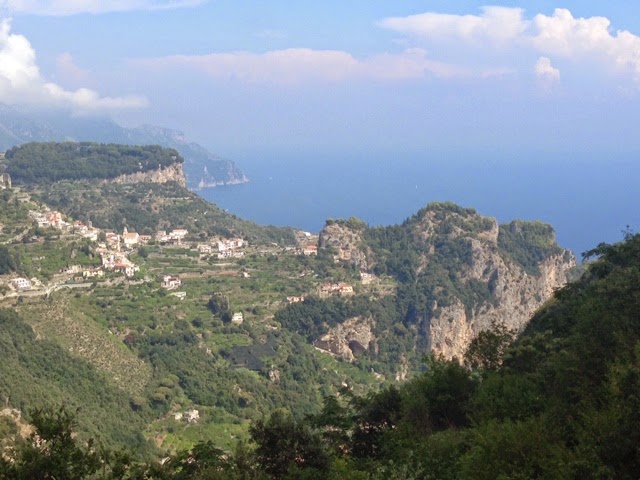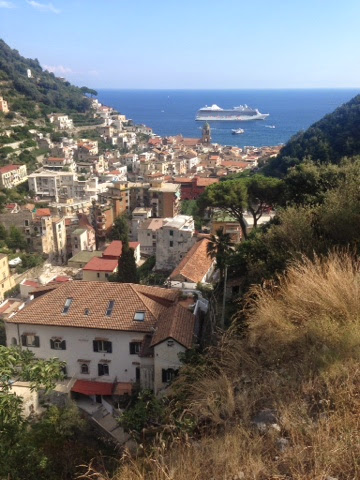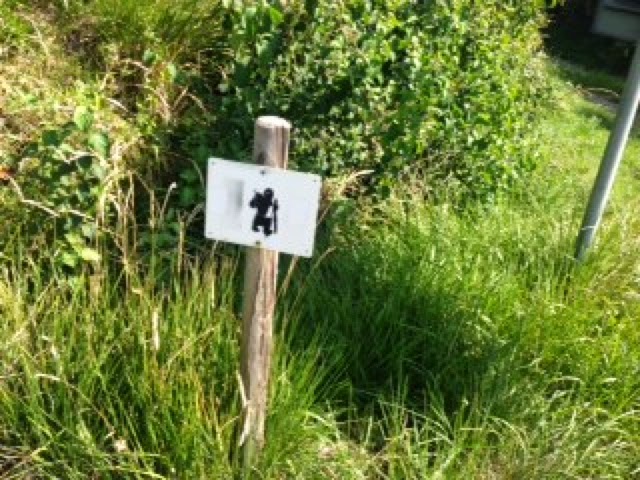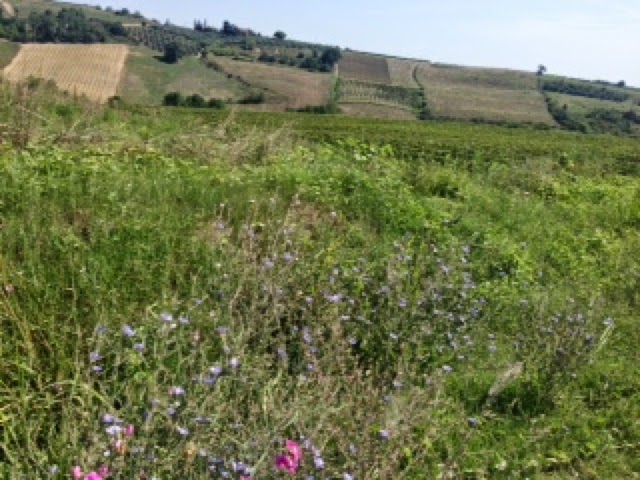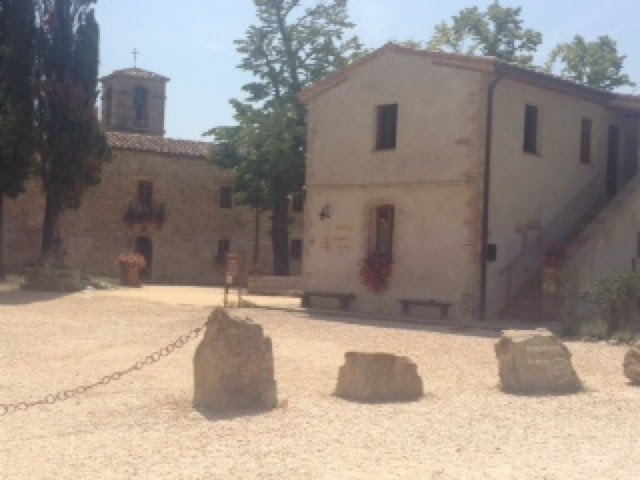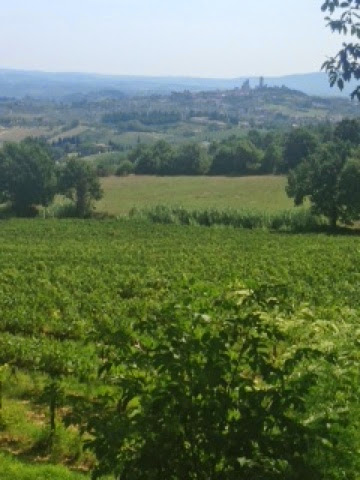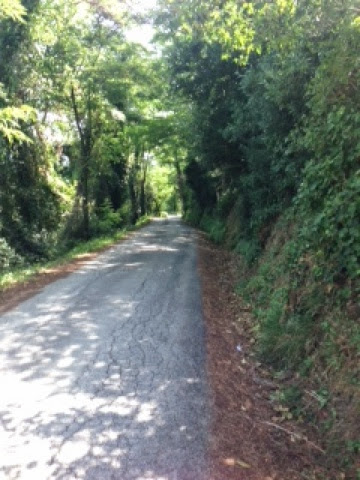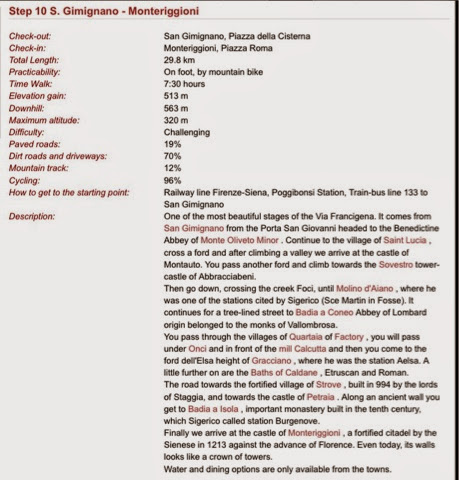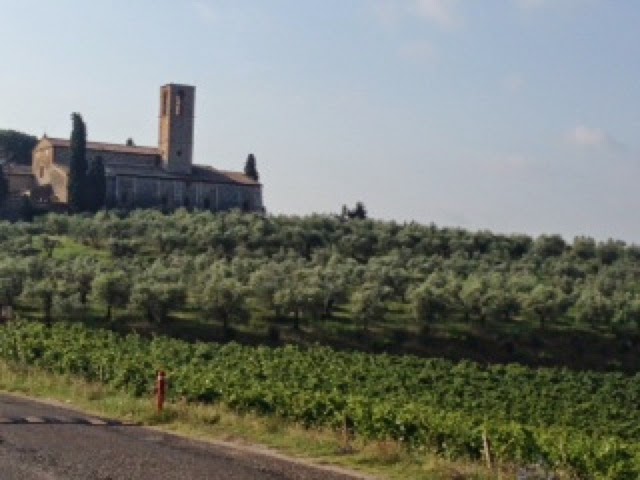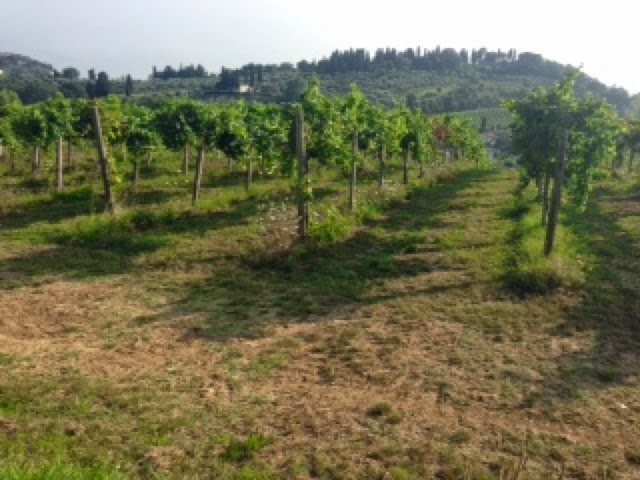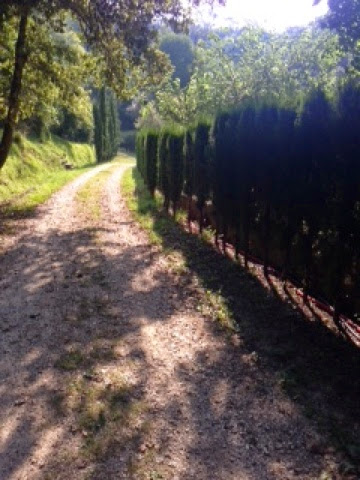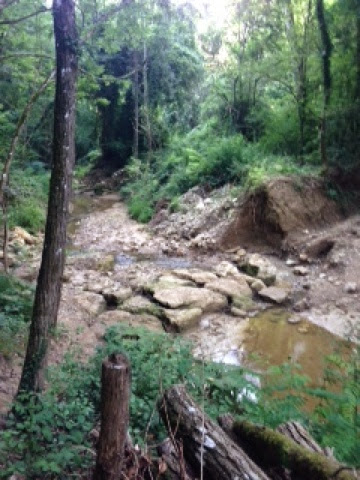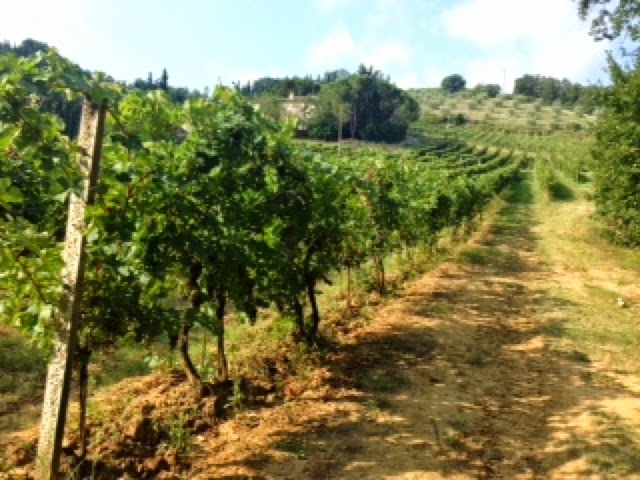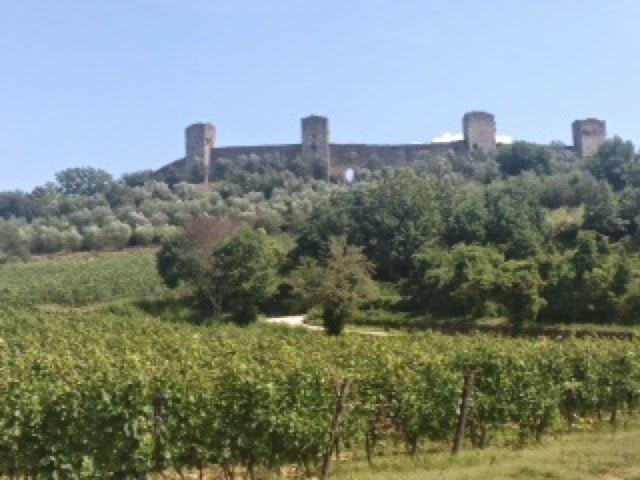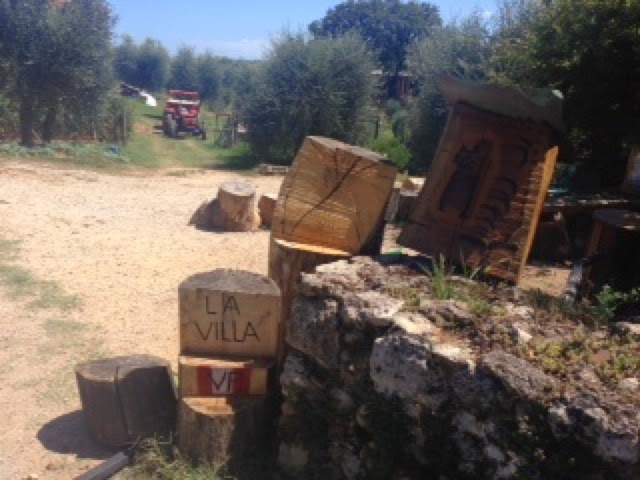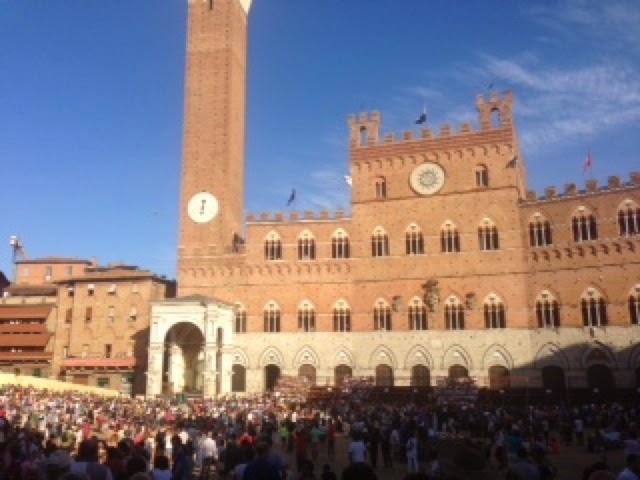Since arriving in Tuscany this year I noticed a recurring sign along the roadside signalling la via Francigena. Knowing very little about it, I soon learnt it is an ancient pathway historically known to stretch from France to the Vatican in Rome. However, there are also some accounts that the pathway commences in Cantebury, England.
The 800km route was used as a communication route and was later frequented by pilgrims for a religious passage through the country to Rome. Consequently, along the way there are many sanctuaries, shelters and places for rest and food. Now, pilgrims (pelligrini), hikers, mountain bikers and motorists follow sections (or 'tappa' in Italian) of the pathway for a range of purposes, from traditional religious reasons to physical challenge motives. Either way, the pathway provides a wonderful way to see, touch and feel history and nature combined.
Finding myself based in the amazing medieval village of San Gimignano for 4 days, I decided to complete 3 stages of the pathway. Amounting to close to 70km, and sending me from Gambassi Terme (15km north of San Gimignano) to Siena, this would prove to be an unforgettable experience.
The pathway transported me along vineyards, down dirt roads and bush tracks, through farmyards and passed monestries and churches and even along main roads to reach the amazing hilltop villages of San Gimignano, Monteriggioni and Siena.
Tappa 9 in Toscana: Gambassi Terme to San Gimignano
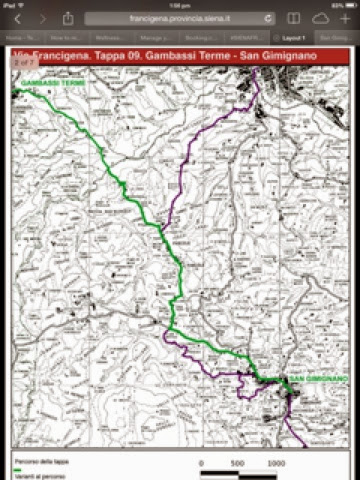
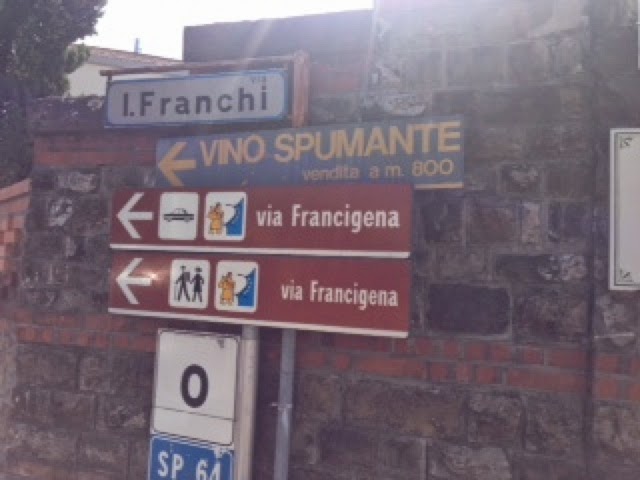
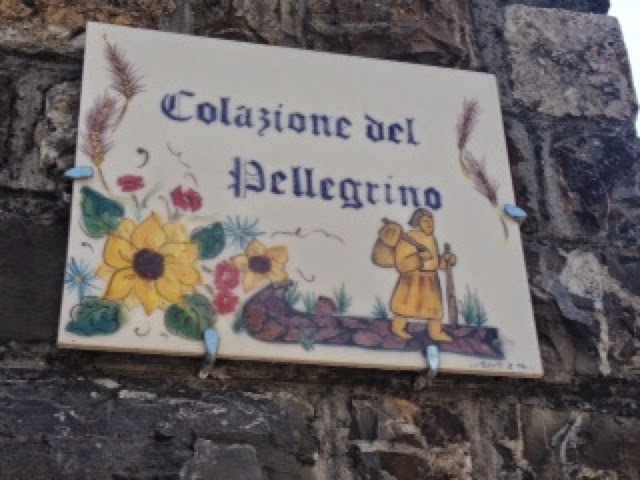
My notes simply advised me to commence the walk from Chiesa Cristo Re, but after being driven to the town centre and seeing several church spires I had no idea in which direction to head. After a few small circles I approached an elderly lady walking along the street. She seemed local but after a few loud "'scusi Signora" she seemed to ignore me. Finally, upon almost meeting her eye to rye she stopped and very kindly explained tgat the church I needed was down the hill heading out of town and on the left. The church itself was quite modern and obviously not get main town church but directly opposite the signs indicating the Via Francigena were very evident. The via Francigena signage ranges from large brown street signs with white writing pointing in the required direction to markers that resemble mini tombstones with VF painted on them along the side of bush paths and little painted images of pilgrims painted in black on a white background and even red and also white stickers with Via Francigena printed on them. With all of this, it's relatively easy to keep on track but you do need to stay focused so as not to miss a marker. If you go much longer than f5-10 minutes without seeing a sign you may need to back-track.
The first third of this segment of the walk is along dirt roads that seem to be dominated by Chianti wineries, beautiful Tuscan villas offering wine and food tastings positioned between fields of grape vines and sloping valleys being prepared for harvest. You could easily prolong the journey by stopping to enjoy the hospitality at these wineries.
The middle third leads through a dirt track up and down hills and amongst fields filled with wild flowers and the pungent smells of animals in adjoining farms. This section also provided wonderful distant views of the hilltop towers of San Gimignano and took me past monestries where I heard nuns chanting and saw them pacing back and forth in ancient buildings.
The last third involved walking up over a mountainous bush path literally through private country homes and along the roadside into the outskirts of San Gimignano. The last uphill climb to the village walls lead into the stunning medieval town centre which provides a rewarding end to the 3 hour stage.
San Gimignano is nothing but breathtaking. Positioned on a hilltop with views over sweeping valleys that resemble a Tuscan postcard, the medieval town is largely unchanged from its 11th Century existence. Dramatically effected by the plague in the 1500s, the population was reduced to near non existence. Although many of the original towers (constructed as a show of power by important families of the time) crumbled or were destroyed in earlier years, the remaining buildings and towers as we see them today display the uniform medieval style. Don't miss a visit to Dondoli Gelateria for the world's best gelato and a porchetta panino washed down with a glass of Chianti or Vernaccia wine.
Tappa 10 in Toscana: San Gimignano to Monteriggioni
The next stage of the route connects the two medieval villages of San Gimignano and Monteriggioni. This was my favourite section of the walk as it weaves through such a diversity of landscapes down roads, dirt pathways, through farms, between vineyards and olive groves, along river banks, passed monestries, churches and castles to arrive at the lesser known Monteriggioni, a medieval town resembling a crown upon a hill top. This stage is long, amounting to around 30km and taking close to 7 hours so it's somewhat of a feat. Although there are some opportunities for filling water bottles at towns or Fontana (taps) along the way, these can be easily missed so it's wise to carry a good supply of water and some snacks for energy.
The path scrapes the edge of Colle Val d'Elsa, a city on 3 levels including an ancient borgo, a castle and the more modern city on the lower plain. You can divert to visit the ancient buildings, churches and castle if time permits. Nevertheless, it is a most picturesque and unique city.
An important stop only 2km from Montiriggioni is at Abbadia a Isola. Originating from the Lombards in 1001 with a 12th century church.
The final climb to the hilltop village of Montiriggioni is steep and leads to one of the town's main gates. The tiny village has the feel of a medieval Hollywood movie set. There are lovely cafés and artisan stores lining the streets and within the main piazza. It's also possible to walk the walls of the ancient castle at a small cost.
Tappa 11 in Toscana: Monteriggioni to Siena
This section of the Via Francigena involves 20km of mildly undulating pathway leading from Monteriggioni to the beautiful city of Siena. The journey takes 4hours with more road walking than the previous two stages.
The first half of the route is most picturesque with views back over Monteriggioni and passed castles and historical villas. If possible, extra time to explore the castles, villas and monestries should be added to the journey to enrich the pilgrimage experience.
The last third of the route involves considerable road walking which, to me, is not as enjoyable. There is quite a climb into Siena but the climax of walking through Siena's gates and along the beautiful streets into Piazza del Campo makes the experience totally worthwhile.
Some very useful resources for information on each of the stages, including places to stay, visit and eat are:
Website:
Book:
D'Atti M; and Cinti F, Guida Alla Via Fancigena, 5th edition, Terre di Mezzo Editore, 2014




